 In TIG Ins. Co. v. Woodsboro Farmers Coop., the Fifth Circuit identified fact issues that precluded summary judgment in an insurance-coverage case.
In TIG Ins. Co. v. Woodsboro Farmers Coop., the Fifth Circuit identified fact issues that precluded summary judgment in an insurance-coverage case.
A key is whether damage to certain grain silos was “property damage” under a CGL policy. The diistrict court concluded that damage was due to defective construction. The Fifth Circuit credited the insured’s evidence that wind and weather caused the silos’ metal parts to degrade, bend, and fatigue. This evidence, including testimony from an inspector who saw the damage, supported the insured’s argument that the damage was not merely cosmetic but a “harmful change in appearance, shape, composition, or some other physical dimension to the claimants’ property.”
The Court also noted a fact issue about whether the damage occurred during the policy period, emphasizing that under Texas law, “occurred means when damage occurred, not when discovery occurred,” making it irrelevant that the damage was first observed after the policy period expired. No. 23-40435, Sept. 20, 2024.
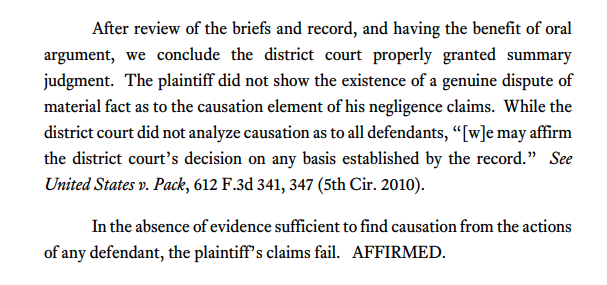


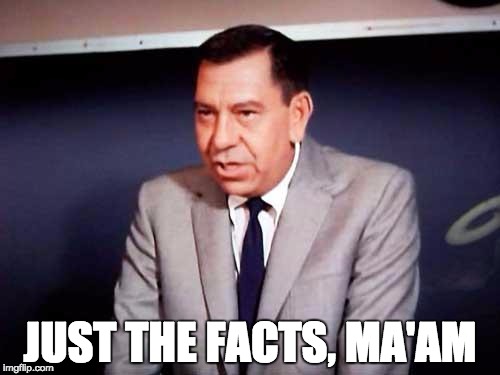
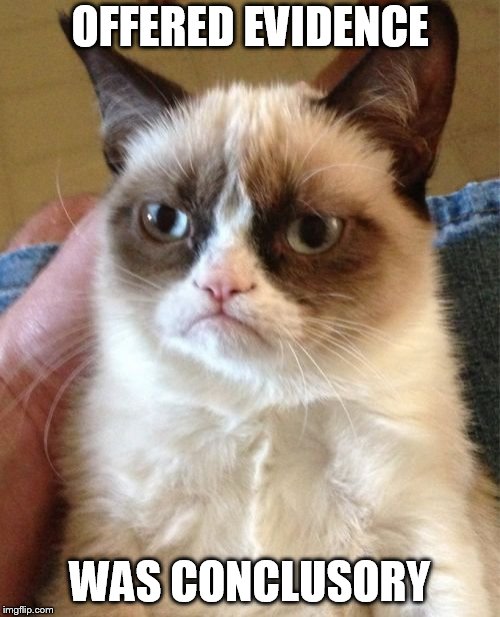

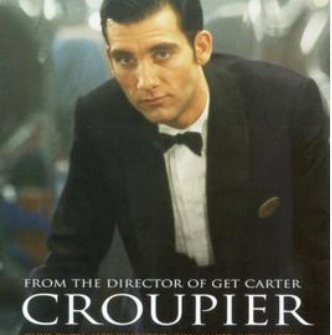














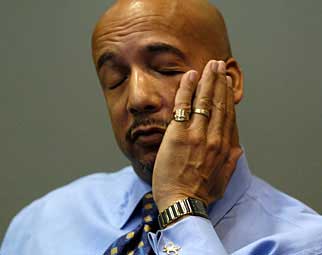
 pects of a deed of trust. With respect to when a servicer could pay the borrower’s property taxes by the servicer, the key provision used the fact-specific phrase “reasonable or appropriate”; other provisions both suggested that the power was limited to back taxes, but also that it could be made “at any time.” Accordingly, “Wease was entitled to proceed to trial on his claim that Ocwen breached the contract by paying his 2010 taxes before the tax lien attached and before they became delinquent.” This analysis led to finding a triable fact issue as to whether Ocwen provided adequate notice of its actions.
pects of a deed of trust. With respect to when a servicer could pay the borrower’s property taxes by the servicer, the key provision used the fact-specific phrase “reasonable or appropriate”; other provisions both suggested that the power was limited to back taxes, but also that it could be made “at any time.” Accordingly, “Wease was entitled to proceed to trial on his claim that Ocwen breached the contract by paying his 2010 taxes before the tax lien attached and before they became delinquent.” This analysis led to finding a triable fact issue as to whether Ocwen provided adequate notice of its actions. 
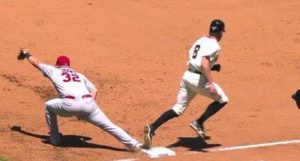
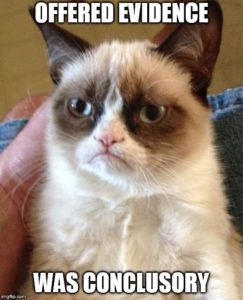


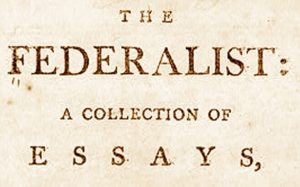



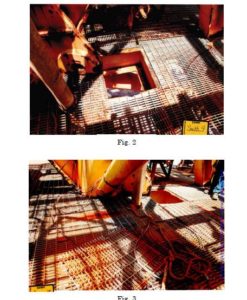




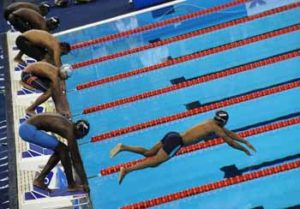
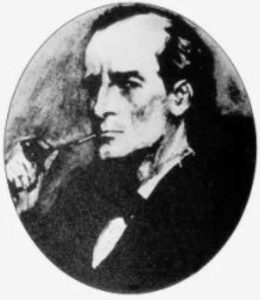




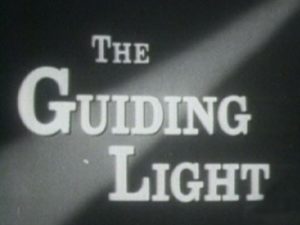













 jewelrymaker, reasoning:
jewelrymaker, reasoning:

